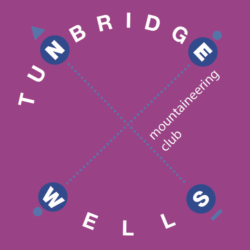Southern Sandstone crags are softer than virtually any other climbable rock, and consist of a thin weathered crust over lightly compacted sand. The rocks were deposited during the Cretaceous period about 130 million years ago and once the crust has worn away, rapid erosion occurs.
Climbing here is now more popular than ever! Due to growing interest in outdoor activities, our proximity to London and Sport Climbing’s inclusion in the Olympics, it’s essential that we look after the rocks so they can be enjoyed by future generations.
‘Southern Sandstone Climbs‘ (SSC) is a dedicated website covering: locations, access, guidebooks, equipment, best practice and news. The BMC ‘Regional Access Database‘ (RAD) gives climbers the latest access info for ALL crags and is available as a mobile app.
Please respect the rock and follow the Code of Practice:

BMC TV – Sandstone Skills:
This series of short films, shows some of the special skills and considerations needed when climbing on Southern Sandstone.
History
Climbing was first recorded here in 1926 and has started the careers of some top climbers including Ben Moon and Neil Gresham, visiting climbers have included Chris Bonnington, Johnny Dawes, Lucy Creamer and James Pearson. The SSC and BMC RAD are the place for current access info, however this Google Map shows all outcrops including those with limited scope for climbing.
Preservation
TWMC members help to conserve the local crags by participating in the ‘Sandstone Volunteer Group’ (SVG) work-days to build paths and and clear undergrowth – find out more on this BMC Community page.

